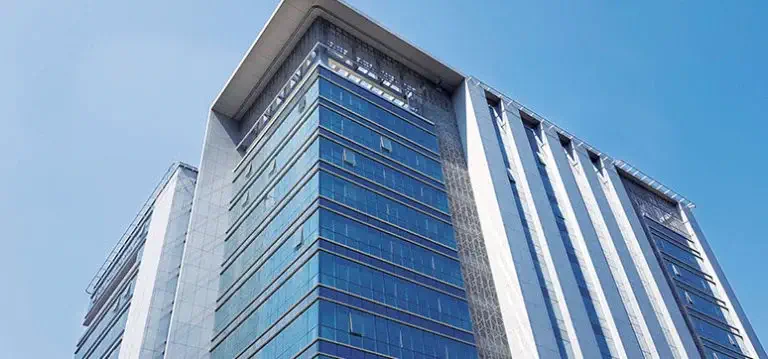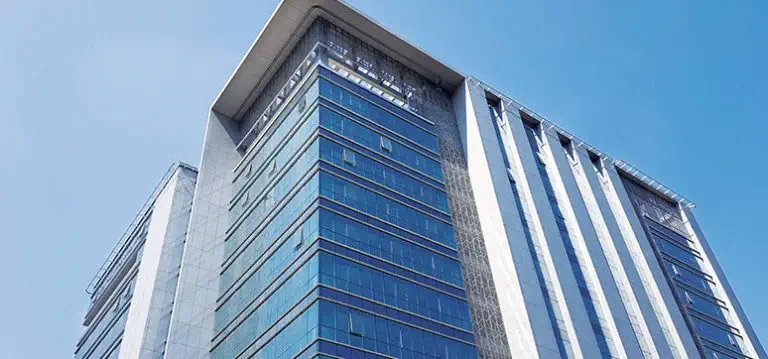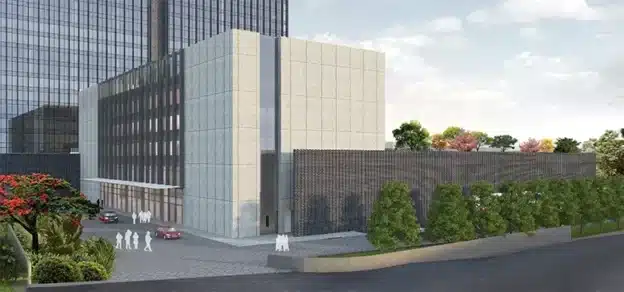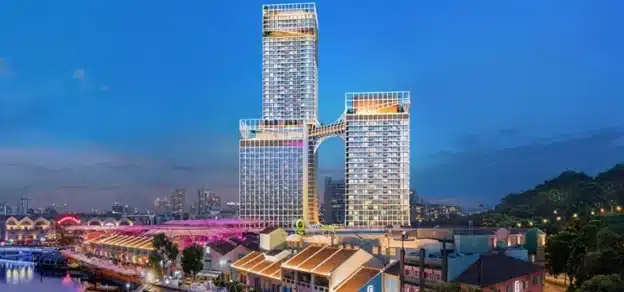The construction industry is on the cusp of a new age, with the advent of fresh and innovative technologies that are revamping the sector. Companies today have adapted to this change and are incorporating the latest developments in their services, designs, materials and construction machinery. With a strong focus on improving the interiors as well as the exteriors of buildings, organisations thrive to offer the best in class with skillfully planned and executed projects that have significant impacts on modern-day living.
One of the most remarkable and complex features of a building structure is its cladding. It is a decorative covering that envelopes an edifice to protect the interior spaces from the surrounding environment. Cladding is the use of one material placed over another which is intended to control the infiltration of weather elements and provide an aesthetic look. Exceptionally quick to install, cladding is durable and can last for a very long time if maintained well.
The primary function is to protect the building from wind, excessive heat and moisture, and ensure the building’s overall thermal performance. Cladding is an imperative aspect of construction as it improves the mechanical strength of the building and offers protection from a variety of external elements. These structures are more resilient to cracks caused by climate change and the surface acts as a shield forming protection from sunlight, rain, strong winds, humidity and all kinds of pollution. It has been used in architecture for a long time and can be made from a wide variety of materials.

Types Of Cladding Materials :
-
Wood Cladding
This kind of cladding not only shields the structure but is also highly energy efficient due to its insulation properties. The exquisite effect of real wood can blend with any kind of interior or exterior, thereby enhancing the appearance of the building.
-
Stone Cladding
Stone cladding gives a more natural look and adds a tinge of elegance to the walls. Stones are quarried and slashed into minute pieces to reduce their weight. These are then applied to the structures giving them an earthy and rustic look.
-
Ceramic Cladding
Ceramic cladding is lightly weighted and needs less maintenance. It is available in various textures and designs, making it a popular choice for architects. The material is durable, easy to clean and resistant to external weather conditions.
-
Tile Cladding
The aesthetic look of the tile cladding transforms a house into a contemporary abode. The design options are flexible as a combination of various sizes of tiles can be merged together to form a unique and polished look.
-
Porcelain Cladding
This type of cladding is widely used for the exteriors of a structure. It is non-porous and does not accumulate surface dirt. Porcelain is immune to thermal shock and is scratch-resistant, making it one of the strongest materials used for cladding.
-
Curtain Wall Cladding
This kind of cladding is commonly seen in multistory buildings. They are lightweight aluminium frames onto which glazed panels are fixed. This reduces the heat ingress into the building, making the indoor area more comfortable, and creating a brighter, cleaner and healthier environment.
-
Aluminium Composite Cladding
This is made from aluminium and is often used for external purposes only. It is weather and UV-resistant, providing all-round protection to the building.
-
Timber Cladding
These softwoods are heated to high temperatures that eliminate moisture and form a durable material. It can be readily painted and altered according to the structural design.
-
Terracotta Cladding:
This material is Eco-friendly and 100% natural. It is an alternative to brick cladding and gives a smooth look to the structure. Terracotta cladding is non-flammable and fire-resistant and is often seen in modern as well as heritage buildings.
-
Concrete Cladding
Concrete is a simple solution for creating a modern and authentic look. This is cost-effective, light, and easy to cut and install. The cladding has revolutionized the way buildings have ever looked. In the current scenario, end users seek for something new, and architects strive to innovate and conceptualize impactful solutions. With the growth in technology and enhanced quality of architecture, there will certainly be a wide range of resources available for cladding in the future.














